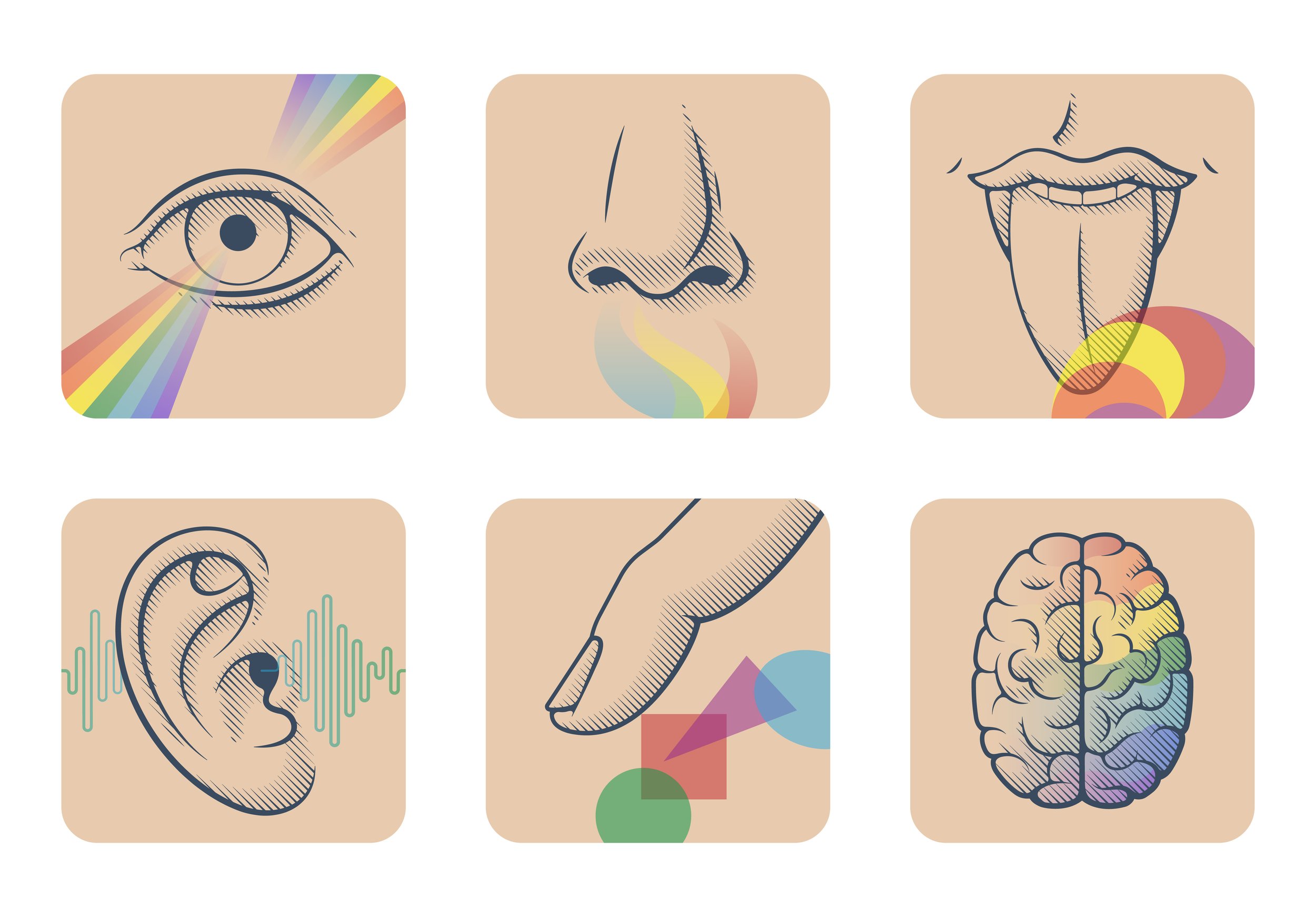Lesson Plans for Zinc’s Reading Growth Protocol
We put together student-friendly slide presentations for various Zinc skills so that you can integrate the concepts and terminology found in Zinc into your classroom.
Ignition Reading Skills Mini Lessons
-

Ignition Skill: Use Your Senses
In the Use Your Senses section of the Reading Ignition Unit, students are asked to start by finding words they can easily picture when reading challenging texts, and actually “experiencing” these words in their heads. They should use all their senses to see, hear, taste, touch, and smell the sensory details in the text.
-

Ignition Skill: Make It Real
Many abstract words do not make images in our minds. Readers easily overlook those words and miss critical information. In Make It Real, students are asked to make abstract terms real to their own relevant example. For example, Shakespeare says, "A rose by any other name would smell as sweet." Actually think of another name. Would the rose’s smell change if we called it “Steven"?
-

Ignition Skill: Pronouns
In the Pronouns section of the Reading Ignition Unit, students are asked to track pronouns back to their antecedents in order to follow what’s going on in the text. Basic pronouns like, “she,” “he,” or “they,” are covered, as well as pronouns like “it” or “this” or “that” often students often overlook.
-

Ignition Skill: Navigators
In a text, writers give signals to guide readers through layers of meaning. Navigators come in the form of punctuation, signal words, and asides. For example, "however" is a signal to expect a contrasting layer of information, whereas a comma or a colon may signal us to expect an explanation.
Ready to build testing confidence? These ten-minute lessons introduce your students to Zinc's four-step method for answering multiple-choice reading questions.
Test Prep Steps 1 + 2: Read + Predict
Students often skip straight to the question, skim through the multiple choice answers, and work backwards through the passage. Since three of the four answer choices are wrong, but there’s more than one right-sounding answer, this approach sets them up for anxiety and second-guessing. Use this 10-minute, teacher-led mini-lesson to teach your students an alternate approach: Read + Predict.
Lesson Plans for Test Prep
Test Prep Step 3: Maybe or No
Knowing that the multiple choice answers can confuse students, we teach them to go through each possible answer and categorize it with a quick "maybe" or "no." This starts the elimination process and simplifies the choices. After doing this, students move on to look more closely at their “maybe” designations. Use this 10-minute, teacher-led mini-lesson to teach your students how to use the Maybe or No approach.
Test Prep Lesson: Skip and Come Back
Once students have learned the four-step method for answering individual questions, help them move through the entire test with confidence. Skipping and Coming Back is Zinc’s method for saving time, bypassing anxiety, and making the test more enjoyable. Use this 10-minute, teacher-led mini-lesson to help your students tap into the way their brains process information most effectively.
Test Prep Step 4: Every Word Matters
After students narrow down the answer choices (using Zinc’s Maybe or No method), they then go through each answer choice. They then examine every word carefully, looking for words that make the answer wrong—for example, "extreme" words like “always” or “never.” Use this 10-minute mini-lesson to teach your students how to ensure that Every Word Matters on test day.
Mini Lecciones En Español
Click here for Spanish/English versions of all four Test Prep Mini Lessons. Since students take the assessments in English, we’ve provided slides with instructional content in Spanish and reading passages and test questions in English.
More from Zinc
-

Flight Reading Mission
Make books fun and build a class culture of reading using ready-made class activities and choice-based student missions. Set a goal and follow our suggested 6-week program, or pick and choose.
-

Ignition Skills Activities
Find printable student activities for classwork, homework, or to keep early finishers learning. We have answer sheets and completion awards, too!
-

Resources for STAAR Mastery Users
Are you piloting Zinc’s new four-week, auto-assigned STAAR prep program? Find resources and lesson plans to support Zinc STAAR Mastery in your classroom.





